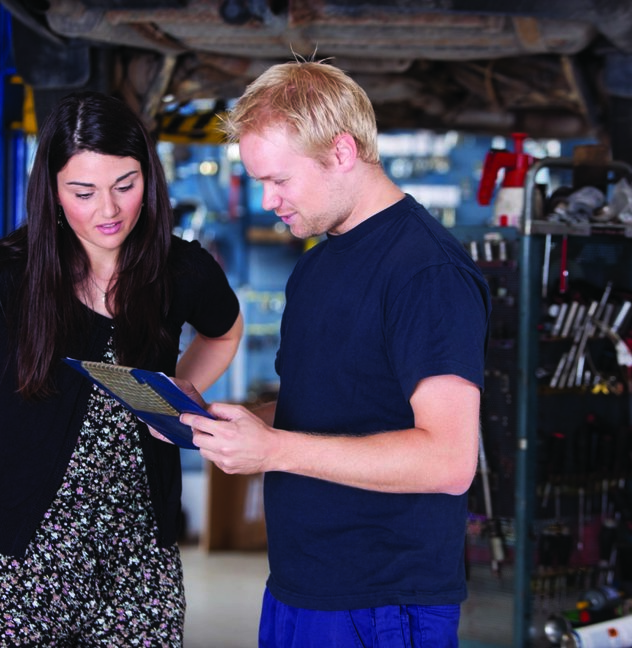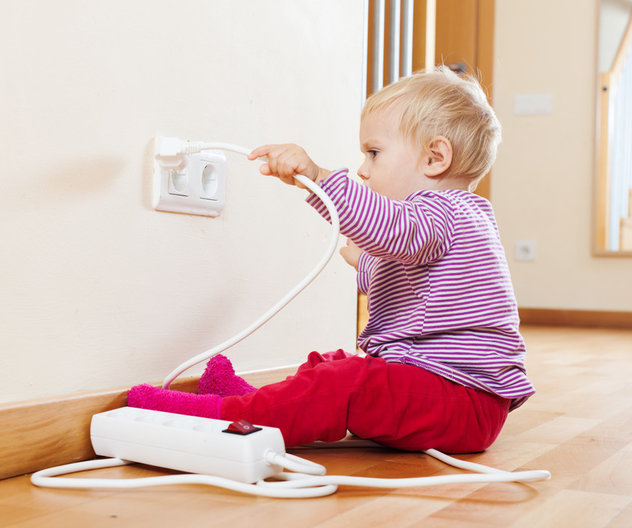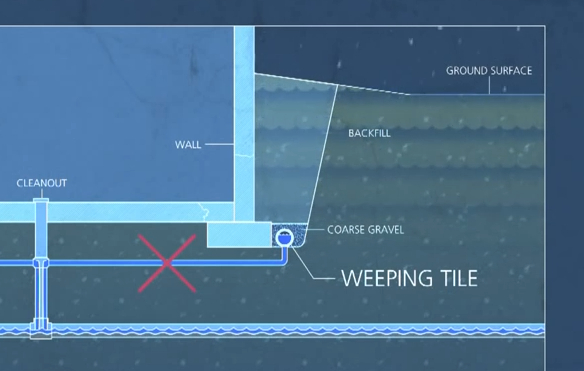
7 Strategies to Avoid Identity Theft
That staggering statistic doesn’t mean you have to sit around and wait to be targeted. By taking identity fraud seriously and following the RCMP’s recommended strategies for protecting your personal information, you reduce your chances of becoming a victim of this costly crime.
UNDERSTANDING IDENTITY FRAUD
Identity fraud occurs when someone obtains another individual’s personal data or financial information and uses it fraudulently to obtain goods or services. This once-obscure crime is now a widespread problem for Canadians.
7 STRATEGIES TO PROTECT YOURSELF FROM IDENTITY THEFT
1. Always keep your credit card in sight. If your waiter or salesperson needs to walk away to run your card, go with them to make sure you are not a victim of credit card skimming. This common practice of identity thieves lifts information from the magnetic strip on the back of your credit card to use later to make purchases at your expense.
2. Never trust emails that ask for your personal or financial information – no matter how official they appear. Phishing is a frequent tactic used by identity thieves. They pretend to be your bank and prompt you to click a link to a fraudulent website and enter your information in a bogus online form. Phishing scams typically use a logo, design and URL that look close to your bank’s branding, but once you enter your information it goes directly to the thieves.
3. Protect your computer from malware. Hackers are constantly creating malicious software to infiltrate your computer and intercept passwords or credit card information you enter while online. Protect your computer by installing the latest anti-virus, anti-spyware, anti-adware programs and firewalls. Without this protection, you can unknowingly infect your computer with a virus by opening the wrong email, accessing the wrong website or downloading an infected game. Also, make it a practice to only purchase from trusted online retailers who have a secure “https” site instead of an “http”.
4. Shred trash and junk mail with personal information printed on it. Identity thieves are not above going through your garbage to get access to personal information, including that of your friends and family. An identity thief could use a discarded phone book to steal the name, address and birthday information for those close to you.
5. Streamline your wallet. Only carry items you plan to use. Keep your passport, birth certificate, social insurance card and other credit cards safely stored when you are not using them.
6. Protect your PIN. Do not share your PIN with anyone and take care to shield the keypad whenever you enter it in public. Identity thieves use clever tactics to steal PINs including spy cameras.
7. Monitor your credit regularly. At least once every six months, check your credit through Equifax Canada or TransUnion Canada to make sure there is no suspicious activity. Also, carefully review your bank and credit card statements and report suspicious charges immediately.
For additional steps you can take to protect your identity, check out the RCMP’s Scams and Fraud guide.




